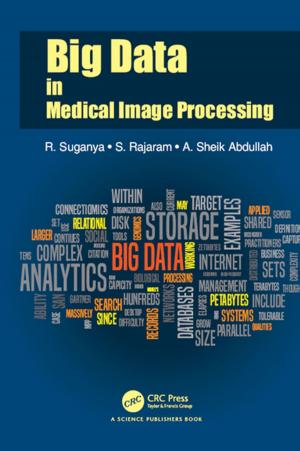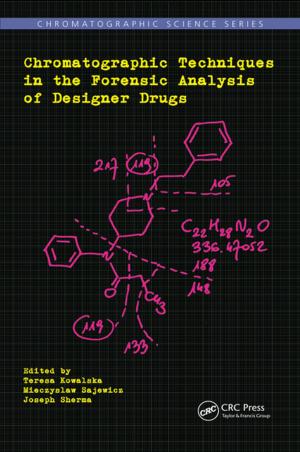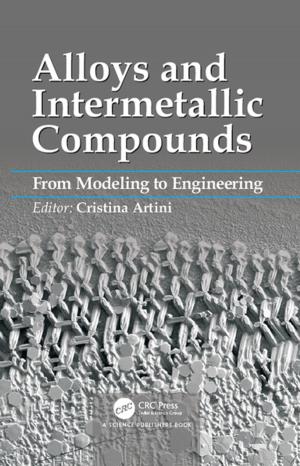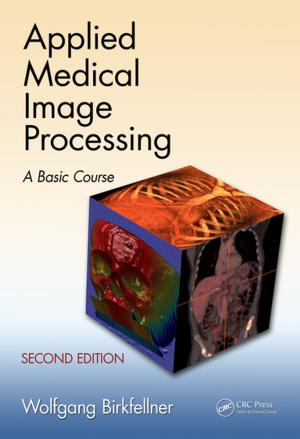| Author: | DanielD. Pollock | ISBN: | 9781351408370 |
| Publisher: | CRC Press | Publication: | May 4, 2018 |
| Imprint: | Routledge | Language: | English |
| Author: | DanielD. Pollock |
| ISBN: | 9781351408370 |
| Publisher: | CRC Press |
| Publication: | May 4, 2018 |
| Imprint: | Routledge |
| Language: | English |
Thermocouples: Theory and Properties provides the basis for the examination and explanation of thermoelectric phenomena and their correlations with other physical properties. These results are applied and account for the properties and deviations of commercial materials in the temperature ranges of most common industrial usage.
This book is written expressly for non-scientists and is an effective tool for the busy technician or engineer working with thermoelectric thermometry in metallurgical, chemical, petroleum, pharmaceutical, and food processing areas. It is also beneficial for use in quality control and research and development applications. The book provides more than the usual superficial presentations of thermoelectric properties; it explains the ""why"" as well as the ""how"" and ""what"" of thermoelectric behaviors. These answers are important because only a suitable combination of theory and practice can lead to the understanding required for optimum thermometric applications under the multitude of applications encountered in industry and science.
Thermocouples: Theory and Properties provides the basis for the examination and explanation of thermoelectric phenomena and their correlations with other physical properties. These results are applied and account for the properties and deviations of commercial materials in the temperature ranges of most common industrial usage.
This book is written expressly for non-scientists and is an effective tool for the busy technician or engineer working with thermoelectric thermometry in metallurgical, chemical, petroleum, pharmaceutical, and food processing areas. It is also beneficial for use in quality control and research and development applications. The book provides more than the usual superficial presentations of thermoelectric properties; it explains the ""why"" as well as the ""how"" and ""what"" of thermoelectric behaviors. These answers are important because only a suitable combination of theory and practice can lead to the understanding required for optimum thermometric applications under the multitude of applications encountered in industry and science.















